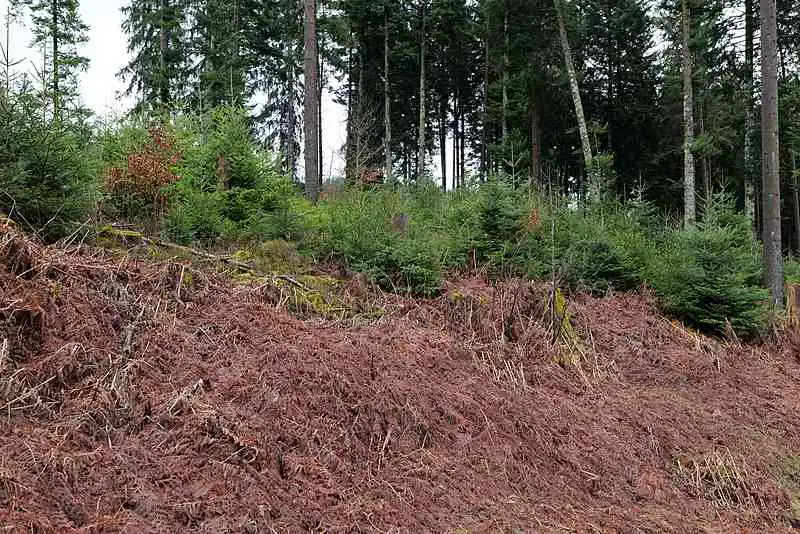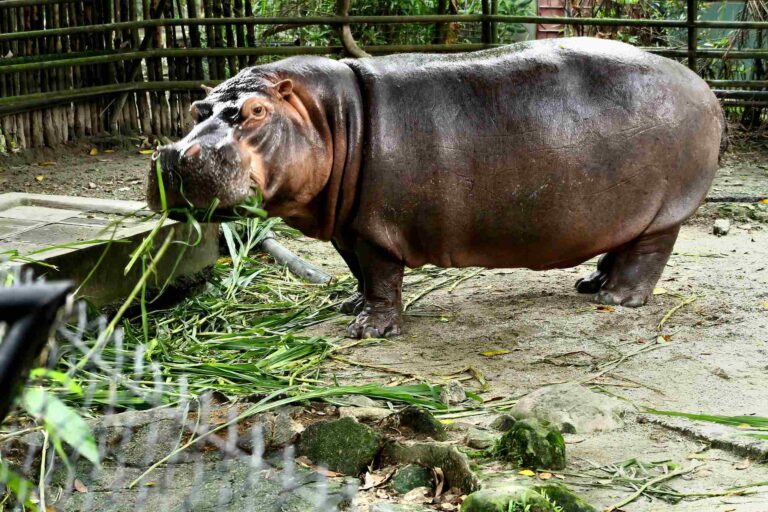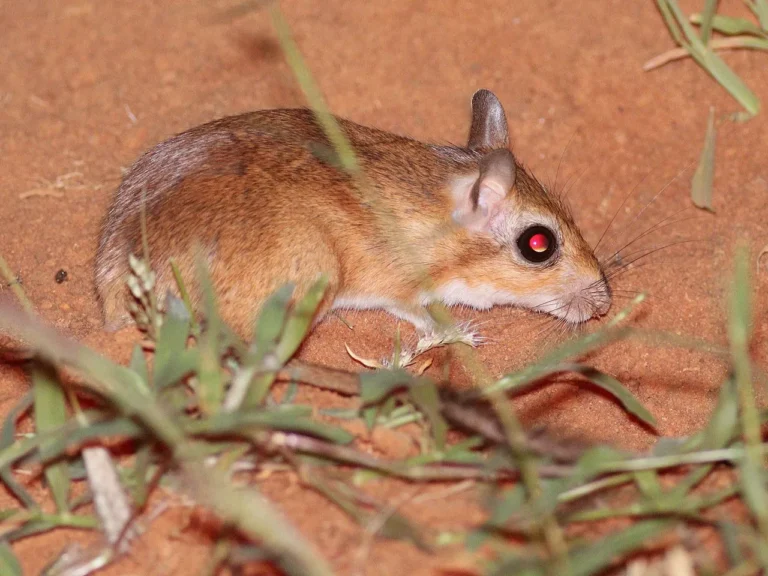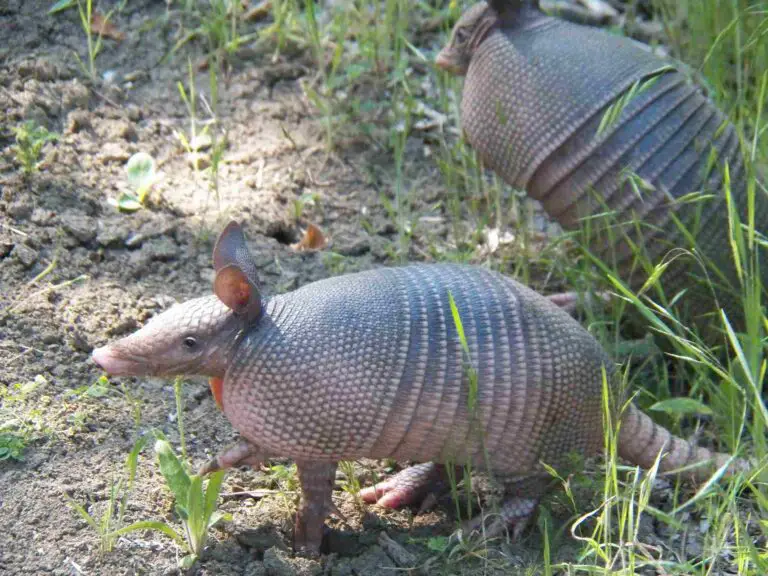5 Abiotic Factors in the Taiga Ecosystem Discussed
Abiotic factors in the taiga ecosystem are; boreal soil, water, atmospheric gases, physicochemical parameters, and solar radiation.
This article discusses abiotic factors in the taiga or boreal forest ecosystem, as follows;
1). Boreal Soil (as one of the Abiotic Factors in the Taiga Ecosystem)
Taiga soil is unique in its attributes, which reflect the climatic conditions as well as environmental impacts of activities/processes involving boreal forest plants and animals.
In general, taiga soil can be categorized using terms like spodosol and podzol; which are associated with low fertility and acidic conditions.
Like most soils, the vertical profile of the taiga soil revealed distinguishable horizons or layers.
They can be identified as layers O, A, B, and C; which signifies organic matter/humus, topsoil, subsoil, and weathered parent-rock; respectively.
The pH of taiga soil falls below 6.0, indicating acidity [2].
Factors behind the acidity of taiga soil are mainly related to leaching, and biodegradation of plant and animal matter on the soil, which causes organic acids to be released.
Soil acidity is one of the reasons behind the relatively-low species richness of boreal forest plant (and animal) communities.
Nutrient availability is also low in taiga soil, meaning that it is relatively infertile.
Factors contributing to the low fertility of taiga soil include; leaching and acidification.
Both leaching and acidification complement each other. While acidic condition increase the rate and severity of leaching, the displacement of minerals like aluminum and iron create a state of nutrient-imbalance, that contributes to the establishment of acidic conditions.
The slow rate of biodegradation, of organic matter in the taiga causes soils within this ecoregion to sequester significant amounts of carbon [3]. This is beneficial because carbon sequestration helps to mitigate global warming and climate change.
Soil is an important abiotic factor in the taiga because it is involved in nutrient recycling at all trophic levels of the taiga food chain, while providing anchorage and micro-habitat to several organisms.

2). Water in the Taiga Ecosystem
Water is a very important abiotic component of the taiga ecosystem. It is influential in multiple processes and aspects of the biome.
The primary source of water to the taiga biome is precipitation.
Between 400 and 900 mm of precipitation is received by the boreal forest on a yearly basis [1], signifying low to moderate levels. A large portion of this is in the form of snowfall in the prolonged winter season.
Snow accumulates in significant amounts during winter, forming an insulating layer of ice that protects plant roots in the soil. The same snow is what melts to provide soil-water, as well as to form aquatic ecosystems like; wetlands, lakes and ponds.
Water in the taiga is essential for the survival or sustainability of all biotic factors, which include animals, plants, and biological processes. This means that the supply and availability of water is directly tied to the organic productivity of the taiga biome.
The hydrological cycle of the taiga is driven by water-transformation processes like evaporation, condensation, and freezing/solidification.
Liquid water is needed to support aquatic organisms in their micro-habitats within the forest, and to moisturize soil for vegetation-growth.
Water availability is important to introduce biomass and bioenergy into the food chain; because water is an ingredient used in autotrophic photosynthesis. The presence of many species is also linked to the amount of water available, as different species have varying hydrological needs.
Nutrient cycling is facilitated by the availability of water, which is often a medium of transmission of minerals that may be carried in solution from one zone of the taiga to another.
Lastly, water in the taiga can reduce the severity as well as frequency of hazards like wildfires and heatwaves, with drier conditions being directly linked to higher severity and frequency.
3). Atmospheric Gases (as one of the Abiotic Factors in the Taiga Ecosystem)
Atmospheric gases constitute another crucial abiotic factor in the taiga.
These gases are known to play a key role in the continuity of both living and non-living aspects of their environment.
The main gases in the atmosphere of taiga ecosystems include; nitrogen (N), carbon dioxide (CO2), and nitrogen (N2).
Nitrogen constitutes over 70 percent of atmospheric gas composition in taigas [4]. It can be converted from an atmospheric gas to (an essential) soil nutrient through the process of nitrogen fixation; which is usually facilitated by microbial activity.
Carbon dioxide is another important atmospheric gas in the taiga.
It is produced from heterotrophic respiration as well as organic decomposition, and is environmentally-significant as a greenhouse gas and potential cause of climate change.
Like nitrogen, carbon (in CO2) can be stored as an elemental component in soil, through the process of carbon sequestration. In fact, the taiga may be described as an effective carbon sink due to the possibility of large-scale storage of carbon in soil.
Oxygen is useful for aerobic processes like respiration, where it helps sustain cells involved in organic metabolism.
Environmental impacts of human activities may occur in the taiga, and can affect the quality of atmospheric gases. These impacts include air pollution; which could involve the presence if particulate matter (PM) or other contaminating materials, in the atmosphere.
Air pollution can disrupt the ecological equilibrium of the taiga, by altering photosynthesis and nutrient-cycles, as well as through the facilitation of other hazards like acid rain.

4). Physicochemical Parameters
As the name implies, physicochemical parameters in the taiga biome are measures that reflect the physical and chemical conditions of the taiga.
They constitute an important abiotic factor by influencing forest function and structure, which in turn determine the efficiency of the ecosystem as a whole.
Examples of physicochemical parameters are; humidity, precipitation, nutrient availability; soil composition and pH.
In any study of conditions in the taiga, an analysis of at least some of these parameters is necessary.
By interacting with each other, physicochemical parameters help to establish a link between biotic and abiotic factors in the taiga; while controlling climate, soil characteristics, biodiversity, and organic distribution, among other aspects of the biome.
5). Solar Radiation (as one of the Abiotic Factors in the Taiga Ecosystem)
Solar radiation is arguably the most important abiotic component of the taiga ecosystem.
It occurs as a series of electromagnetic waves (from the Sun) that comprise both visible light and thermal energy (that is; from infrared radiation), and it is the primary source of energy to the taiga.
Plants in the taiga produce their own food and biomass using energy from solar radiation.
Heat from the Sun plays a key role in climatic seasonality; which is a core characteristic of the taiga.
Winter and summer are directly influenced by how much solar radiation is received by the taiga ecosystem at various times of the year [5]. This also determines the structure of the vegetative canopy, since plant growth is directly influenced by photosynthesis.
Sunlight can be a limiting factor in the taiga, through the lack of its availability as a result of geographic constraints and dense vegetation that creates a shade over the forest floor and limits ground-level photosynthesis. However, most taiga plants underneath the topmost level of the canopy, are adapted to the shaded conditions under which they grow.
Conclusion
Abiotic factors in the taiga are;
1. Boreal Soil
2. Water
3. Atmospheric Gases
4. Physicochemical Parameters
5. Solar Radiation
References
1). Bose, A.; Harvey, B. D.; Brais, S.; Beaudet, M.; Leduc, A. (2013). "Constraints to Partial Cutting in the Boreal Forest of Canada in the Context of Natural Disturbance-Based Management: A Review." Forestry 87(1):11-28. Available at: https://doi.org/10.1093/forestry/cpt047. (Accessed 6 June 2023).
2). Calvo-Polanco, M.; Macdonald, S. E.; Señorans, J.; Zwiazek, J. J. (2017). "Boreal forest plant species responses to pH: ecological interpretation and application to reclamation." Springer, Plant and Soil 420(1-2). Available at: https://doi.org/10.1007/s11104-017-3356-0. (Accessed 6 June 2023).
3). Deluca, T. H.; Boisvenue, C. (2012). "Boreal forest soil carbon: Distribution, function and modelling." Forestry 85(2). Available at: https://doi.org/10.1093/forestry/cps003. (Accessed 6 June 2023).
4). Dulan, J. (2022). "Inspired Air, Alveolar Air & Expired Air." Journal of Critical Reviews 9(5):1-4. Available at: https://doi.org/10.31838/jcr.09.05.1. (Accessed 6 June 2023).
5). Hovi, A.; Lindberg, E.; Lang, M.; Arumäe, T.; Peuhkurinen, J.; Sirparanta, S.; Pvankov, S.; Rautiainen, M. (2019). "Seasonal dynamics of albedo across European boreal forests: Analysis of MODIS albedo and structural metrics from airborne LiDAR." Remote Sensing of Environment 224(6273):365-381. Available at: https://doi.org/10.1016/j.rse.2019.02.001. (Accessed 6 June 2023).




